What is the smartest way to manipulate POSIX for use in ggplot axis?
I am trying to create a function for plotting many graphs (One per day) spanning a period of weeks, using POSIX time for the x axis.
To do so, I create an additional integer column DF$Day with the day, that I input into the function. Then, I create a subset using that day, which I plot using ggplot2. I figured how to use scale_x_datetime to format the POSIX x axis. Basically, I have it show the hours & minutes only, omitting the date.
Here is my question: How can I set the limits for each individual graph in hours of the day?
Below is some working, reproducible code to get an idea. It creates the first day, shows it for 3 seconds & the proceeds to create the second day. But, each days limits is chosen based on the range of the time variable. How can I make the range, for instance, all day long (0h - 24h)?
DF <- data.frame(matrix(ncol = 0, nrow = 4))
DF$time <- as.POSIXct(c("2010-01-01 02:01:00", "2010-01-01 18:10:00", "2010-01-02 04:20:00", "2010-01-02 13:30:00"))
DF$observation <- c(1,2,1,2)
DF$Day <- c(1,1,2,2)
for (Individual_Day in 1:2) {
Day_subset <- DF[DF$Day == as.integer(Individual_Day),]
print(ggplot( data=Day_subset, aes_string( x="time", y="observation") ) + geom_point() +
scale_x_datetime( breaks=("2 hour"), minor_breaks=("1 hour"), labels=date_format("%H:%M")))
Sys.sleep(3) }

